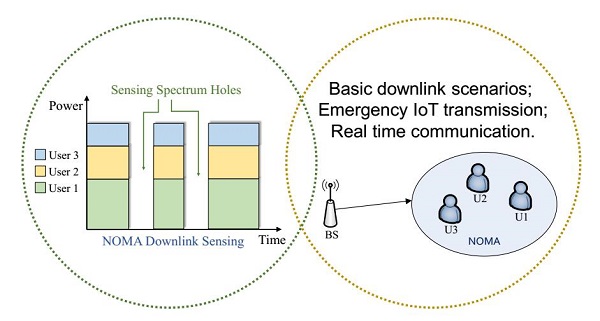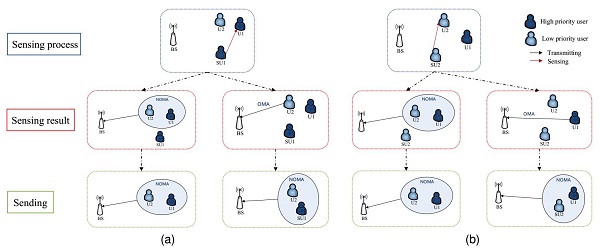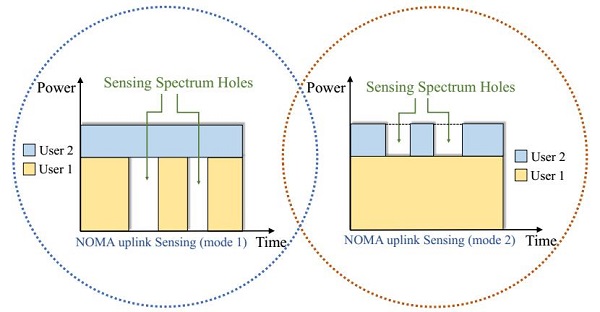Chinese Academy of Sciences
With the explosive growth of the spectrum demand of the Internet of Things (IoT), Non-orthogonal Multiple Access (NOMA) and spectrum sensing are considered as key candidate technologies to improve spectrum utilization in next generation wireless communications technology. However, given the complexity of future IoT scenarios, it brings new challenges on how to ensure the performance of spectrum utilization and system throughput in large-scale IoT scenarios when using both technologies at the same time.
Motivated by such a challenge, a joint research team from the Shanghai Advanced Research Institute (SARI) of the Chinese Academy of Sciences, VTT Technical Research Centre of Finland and University of Windsor of Canada, creatively proposed a novel spectrum sensing technique for 6G-oriented intelligent IoT communications, seeking a feasible way to provide underlying support for perceptual interference and intelligent identification between large-scale coexistence and aliasing IoT users in future 6G scenarios.
Results were published in the latest issue of IEEE Internet of Things Journal.
Focused on inter-system orthogonal/non-orthogonal aliasing coexistence scenarios, the researchers designed a multi-layer spectrum sensing technology based on feature detection in NOMA scenarios with multi-users. The corresponding rational workflows and transceiver structures according to different scenarios were presented, and the threshold expressions were deduced accordingly.
Oriented towards the upcoming 6G complicated scenarios, the researchers designed one downlink mode and two uplink modes to describe relationships among users' priorities, power, and transmission forms.
Based on the characteristics of each mode, they further customized the detection probability optimization algorithm according to the characteristics of each scene, so that the proposed technology can effectively improve the detection probability of orthogonal/non-orthogonal hybrid IoT systems and improve the overall system throughput.
Experimental results verify that the proposed spectrum sensing technology is feasible and has prominent detection performance and satisfying throughput performance.
This work will promote the theory of signal perception and recognition for 6G-oriented intelligent IoT communications, and provide technical support and development potentials for the promotion of global 6G strategy.



/Public Release. This material from the originating organization/author(s) might be of the point-in-time nature, and edited for clarity, style and length. Mirage.News does not take institutional positions or sides, and all views, positions, and conclusions expressed herein are solely those of the author(s).View in full here.






